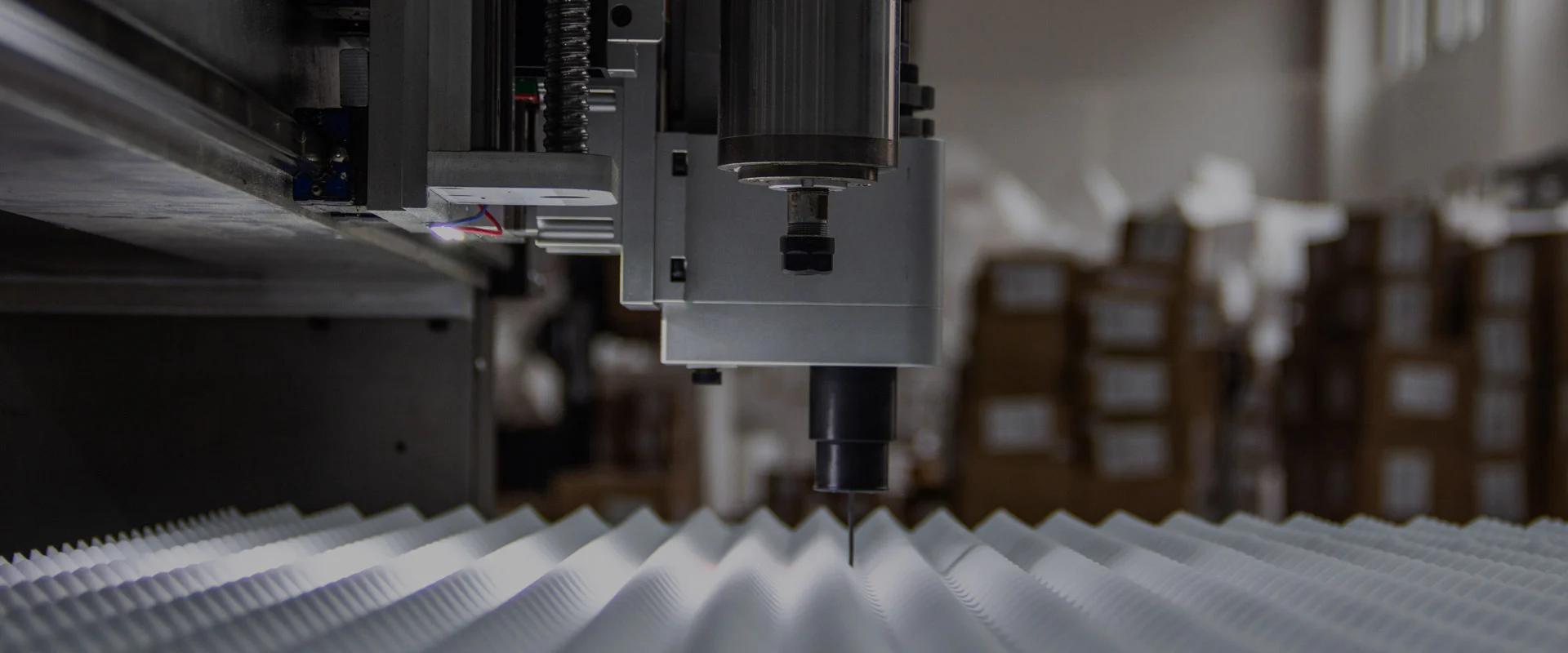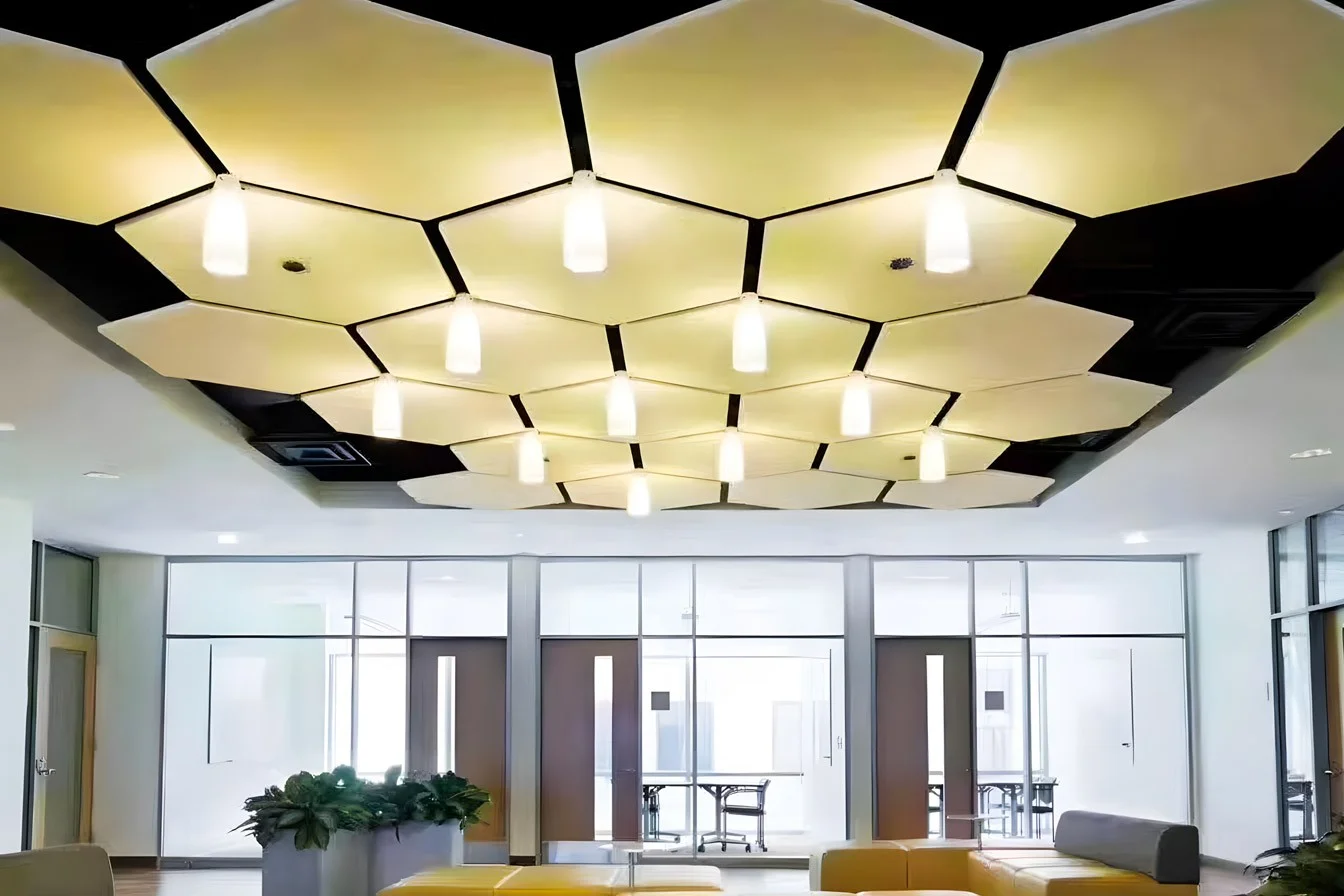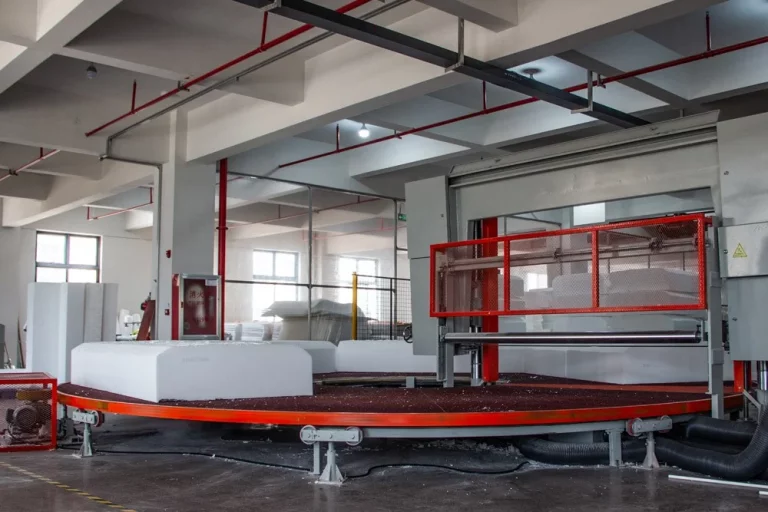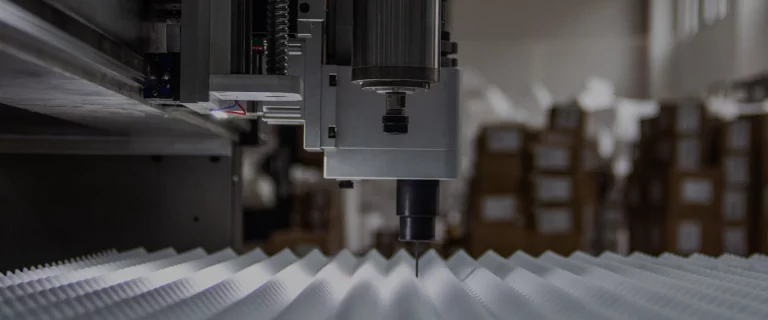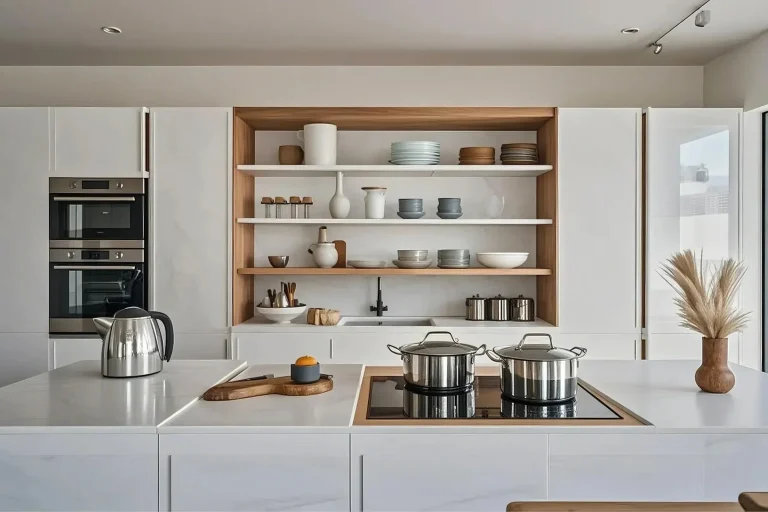What Makes Melamine Foam a Unique Material for Industrial Applications?
Its super tiny cell structure acts like a soft scrubbing sponge but feels gentle. This is great for cleaning, keeping things warm, or controlling noise. To use these features in products, though, the foam needs exact shaping. That’s why processes like die cutting are so important. Whether you’re creating insulation panels or special gaskets, precise shapes guarantee consistent results every time.
How Is Melamine Foam Manufactured from Start to Finish?
What Happens During Raw Material Preparation and Polymerization?
The process kicks off by making melamine resin, a tough plastic created by blending melamine and formaldehyde. This resin forms the foam’s foundation. The blending must be closely watched. Why? To make sure the molecule bonds are even. This impacts how strong the foam is and how it handles heat.
What Are the Key Steps in Foaming and Curing Processes?
Next, special chemicals called blowing agents are mixed in. These make gas that stretches the resin. This creates the open-cell structure, giving melamine foam its spongy texture. After that, the foam is heated to lock in its shape. This step, called curing, is super important. If curing goes wrong, the foam’s thickness or strength might not be steady.
How Is Melamine Foam Converted After Initial Production?
Once the foam is set into blocks or sheets, it’s ready to be shaped. This includes slicing, stacking, or die cutting. These steps turn plain foam into parts that match specific sizes and purposes.
Why Does Die Cutting Matter So Much in Foam Fabrication?
What Does Die Cutting Mean When Applied to Melamine Foam?
Die cutting uses sharp tools, called dies, to slice foam into perfect shapes. For melamine foam, this method protects its delicate cell structure. It makes sure parts fit exact size needs. This is crucial for things like sound panels in music studios or heat shields in engines.
Which Die Cutting Techniques Are Commonly Used in 2025?
New methods have gotten much better. Here are the main ones:
Flatbed Die Cutting: Best for Thick or Multi-Layered Sheets
Flatbed systems use powerful presses and steel dies to cut thick foam or layered materials. They’re perfect when you need smooth cuts through several layers at once.
Rotary Die Cutting: Ideal for High-Speed Roll-to-Roll Processing
Rotary die cutting uses round dies on long foam rolls. It’s quick and awesome for making tons of parts, like gaskets or liners, fast and accurately.
Digital Knife Cutting: Precision Without Physical Dies
Digital knife cutting uses computer-guided blades. No dies are needed. This is great for small orders or custom shapes. It lets you make changes fast without extra tool costs.
How Does Die Cutting Enhance Melamine Foam Production Outcomes?
Can It Improve Dimensional Accuracy and Repeatability?
For sure. Die cutting makes every piece the same size. Whether you’re making 10 or 10,000 parts, each one fits just right. This is key for parts that need to slide into tight spots, like in machines or cars.
Does It Boost Manufacturing Efficiency?
You bet. Die cutting reduces wasted foam by planning cuts wisely. It uses software to arrange shapes smartly. It also speeds things up with automated machines. This saves cash and time while keeping quality top-notch.
Is Customization Possible Across Different Industries?
Yes. Die cutting lets you shape foam for specific tasks. For instance, you can craft panels that soak up certain sounds or inserts that fit tricky car parts. It meets the special needs of different industries.
How Does FoamTech Apply Die-Cutting Expertise in Real-World Products?
What Are Their Core Manufacturing Capabilities?
Foamtech is a talented company that focuses on shaping materials like melamine foam. They use cutting-edge die-cutting tools, like flatbed and rotary systems, plus automated CNC machines. This helps them manage both regular and custom orders with great accuracy.
If you want dependable foam parts that meet tough standards, FoamTech provides solutions based on solid engineering and careful process control.
Which Product Examples Illustrate Their Application Expertise?
Sound-Absorbing Panels Engineered for Acoustic Optimization
FoamTech creates wall panels that cut down echoes in places like auditoriums or machine areas. They use digital knife cutting to shape melamine foam exactly for the best noise control.
Thermal Insulation Parts Designed for Industrial Environments
They make insulation pads for HVAC ducts and ovens. These use melamine foam’s fireproof nature. Die cutting ensures the pads fit perfectly and work safely in hot places.
Lightweight Structural Inserts Used Inside Vehicle Cabins
FoamTech supplies carmakers with foam inserts. These keep cabins comfy while cutting weight. They use rotary die cutting to shape thin foam sheets, often layered with foil, for a tight fit.
How Does Technology Ensure Quality Control During Conversion Processes?
What Role Do In-House Tooling Systems Play?
FoamTech builds its dies. This gives them control over accuracy. They can tweak things fast based on what customers want. It also prevents delays from outside toolmakers.
How Are Automation Technologies Integrated into Production Lines?
Their CNC systems link digital designs to machines smoothly. This cuts down on errors. It also ensures every part is the same, even across different factories or shifts.
Do Their Products Meet Global Standards?
Yes. Every batch follows ISO quality guidelines. They also meet safety standards, like UL94 flame ratings, so products are safe all over the world.
Where Is Die Cutting Headed Next in Foam Manufacturing?
Will Smart Manufacturing Change Conversion Techniques?
Yes. Smart machines now use sensors to track blade wear, pressure, and heat during die cutting. These send data to online systems that boost quality right away.
Are There Sustainable Practices Emerging Around Material Use?
Manufacturers are wasting less foam. They use smart software to plan cuts. Some are also trying eco-friendly resins for melamine foam to make production more earth-friendly.
Can AI Help Expand Custom Design Capabilities Further?
AI tools now guess how foam shapes affect sound or heat. Engineers can test ideas on computers before cutting. This pairs well with digital knife systems for quick, spot-on prototypes.
Why Should You Choose Experts Like FoamTech as Your Conversion Partner?
When you need foam parts shaped carefully, pros like FoamTech deliver great results. They mix years of experience with modern tools. This means you get custom parts without losing speed or scale. From start to finish, FoamTech helps your project shine.
FAQ
Q1: What makes die cutting better than manual trimming methods?
A: Die cutting gives standard sizes for every piece. It wastes less foam, too. Manual cutting can’t keep up with this accuracy, especially for big batches.
Q2: Can I request small-batch custom shapes without buying tools?
A: Yes. Digital knife cutting skips physical dies. It’s precise and works well for small orders or unique designs.
Q3: Is melamine foam safe near heat sources?
A: Yes. Its fireproof nature makes it perfect for hot spots like ovens or engine areas.

